Claude Cahun was a French artist/photographer who moved in 1937 to Jersey Channel Islands during World War II. Cahun was a surrealist and had many political and personal movements behind her work. I really love the idea of having a strong political message behind my work as through photography were are able to visually represent what a lot of people wouldn’t dare to say. We are able to send out strong messages that makes the world stand still. This only happened to Cahun after her death. She was a lesbian together with her half sister. During Nazi occupation in Jersey Cahun gave out anti-Nazi leaflets in attempts to demoralise the troops trying to get them to leave the island. The pair also created notes on a bit of tissue with a drawn picture and always written in German to insinuated that it was a German officer writing them. Cahun was arrested along with her partner and were sentenced the death penalty. Although, the pair escaped with their lives as the island was liberated before the sentence could be carried out. This was unfortunate for Cahun as she actually wanted to be a martyr.
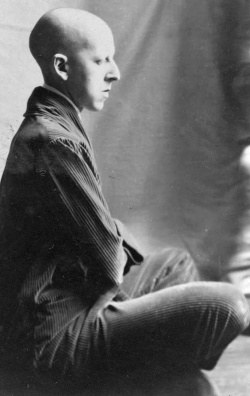

The image above shows Cahun looking very masculine and a lot like an image of her father. i find this image very interesting as she does look like a man as she has no hair and more masculine features. Cahun had a good relationship with her father and, in some ways, idolized him. She shares the same beak shaped nose as her father and seems to identify with him through this image. It is very simple but is a bit of an enigma. I think that if a spectator was to look at this image they would not be able to tell that the subject is a woman and just think nothing much of it. I find this image strange and I want to find out more as to why Cahun saw herself this way and felt that her way of identifying herself was through her male role models. I can see that possibly this images represents standards, how men are typically seen as having short to no hair and wear quite baggy clothing and suits whereas the norm for a woman would be to have long hair that is always made presentable and pretty long dresses to go as well as makeup. I can see that Cahun doesn’t identify with the stereotypes put on females and wants to break that stereotype by being radical and different to everyone else. She seems to go against the expectations of women and how they are supposed to be.
“There are very few Jews in the islands. The two Jewish women who have just been arrested belong to an unpleasant category. These women had long been circulating leaflets urging German soldiers to shoot their officers. At last they were tracked down. A search of the house, full of ugly cubist paintings, brought to light a quantity of pornographic materials of an especially revolting nature. One woman had her head shaved and been thus photographed in the nude from every angle. Thereafter she had worn men’s clothes. Further nude photographs showed both women practicing sexual perversion, exhibitionism, and flagellation.” – German Soldier’s report on finding Cahun and Moore, 1944 (The Guerilla Girls 63)
For a female to be a photographer back in the 1930 Britain and Jersey was something very strange as women had only received the right to vote in 1928 [above the age of 21]. A lot of people were sceptical of this kind of job especially for a woman as they were still seen as child-baring, stay-at-home-mums. For Cahun to be a lesbian would have been a very radical thought. From the years of 1558 Queen Elizabeth I introduced laws against gay men, she did not include women in this law because she did not think that they would do such a thing so being a lesbian wasn’t actually illegal or seen as a crime because it was so rare and unexpected. Cahun would have had a hard time being accepted within society because she was an open homosexual. Her photography work has only really been noticed more recently after she died in 1954.
Cahun’s Archive: http://courses.washington.edu/femart/final_project/wordpress/claude-cahun/
How was Cahun a feminist?
At first looking through Cahun’s work I couldn’t really understand why she is seen as a feminist as well as from her history she didn’t have a good relationship with her mother but tended to identify more with her father and male role models. I had a think about her work and came to realise that Cahun is challenging the social norms that men and women face. She wanted to challenge the way women are seen, the way women are supposed to present themselves. I really like this idea as I believe that we should not be defined by gender but we should be able to mould ourselves in any way we deem fit instead of trying to conform to social stereotypes. For example, my little niece is expected to wear pink clothing because she is a girl which to me is so stupid because a colour shouldn’t define a gender nor should we shun people for wearing that certain colour. I like Cahun’s work as she wants to challenge the way society thinks. In many of her images she wears male clothing and picks up male norms, she tended to pick up more of an eccentric lifestyle compared to others during that time.
“She rejected all conventions of her culture and time, especially those regarding sexuality and the performance of it.” – Feminist Art Archive review
Andre Breton link to Cahun
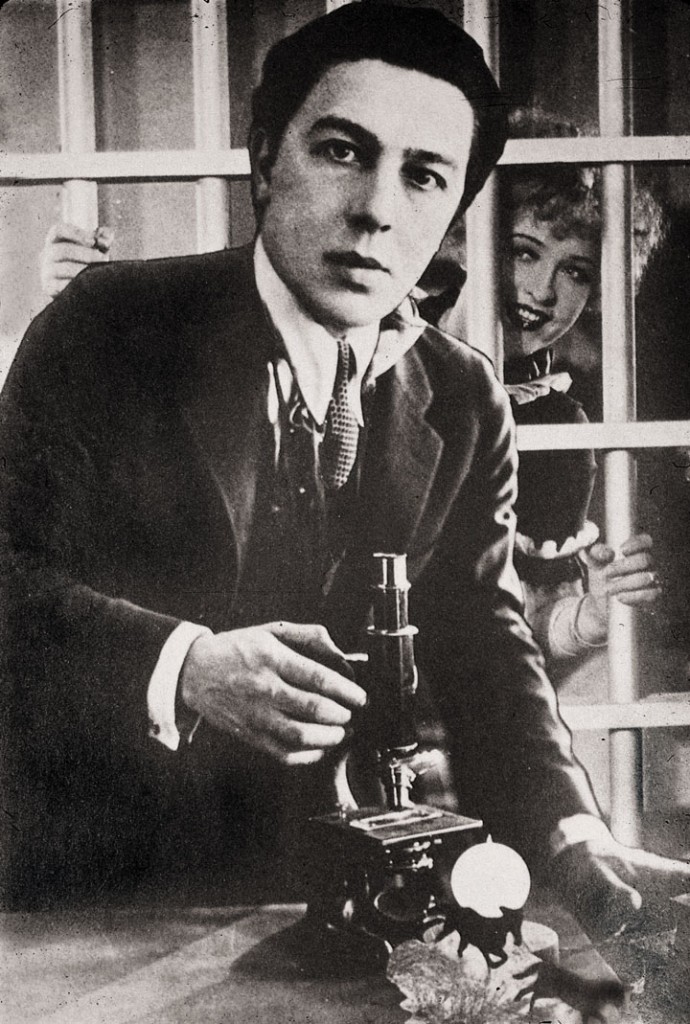
Breton was the founder of the surrealist movement back in Paris along with a few other artists and writers which was influenced by Karl Marx. Breton defined surrealism as “psychic automatism in its pure state, by which one proposes to express – verbally, by means of the written word, or in any other manner – the actual functioning of thought.” Breton proposed that artists will often bypass rationality and reason by expressing and accessing the unconscious mind. This allowed artists to think outside the norm and to create new realities within their own work. Andre Breton took interest in Cahun and her work although she would never actually directly associate herself with his movement and actually became wary of any direct association with any label or group. Cahun was an individual who wanted to remain unique and stick to her own ideas of creativity rather than belonging to any group or movement. Cahun refused to be limited by certain labels of females, lesbians, writers, a photographer, a Jew or even an artist. Cahun rejected all familiar and generically given conventions of life and adapted her own unique way of living, the way she wanted to live.
“Individualism? Narcissism? Of course. It is my strongest tendency, the only intentional constancy I am capable of.” – Claude Cahun
Cahun Blog Article: http://www.queerculturalcenter.org/Pages/Tirza/TirzaEssay1.html
The Guardian Article on Cahun: http://www.theguardian.com/books/2012/feb/14/claude-cahun-finding-great
Cahun’s work is very unique and stands out from the norm of what spectators would expect from a photograph. I think that a lot of her images are made with the intent to show that women can look like men and that it isn’t a negative thing because in reality we as humans are all very similar. Cahun has many works with a shaved head, making her look a lot more like her father who she really looked up to. I find this interesting as this at the time would have been so unusual and masculine looking whereas now so many young women are shaving their heads and look very beautiful. I think that Cahun has helped this to become more of a norm by challenging the way spectators think and making them see certain aspects of gender stereotypes in a different light. Much like other feminist/tableaux photographers, like Cindy Sherman, Cahun tends to look different in each set of images. I think that photographers use this as a way to allow more spectators to identify with them and to show characters instead of just repeatedly seeing images of the same person. I like the idea of creating a character within each photograph and dressing up as someone else to portray a new and unique story for each set of images.
 The image above really interests me because at first glance it is actually quite scary looking. The way Cahun has positioned herself isn’t at a flattering angle and the black eyeliner around her eyes makes her look like more of an enigma and interesting character. I like that this image is very simple and only has a medium close up of Cahun herself looking masculine and a lot like her father. I like that this image is in black and white as it becomes more effective as well as there only being black and white film cameras around when Cahun was a photographer. This allows the spectator to focus in on the subjects face and really try hard to see what is going on in the photograph and it also makes the dark makeup on her face stand out more. This particular image is like a standard portrait image but Cahun has changed it by facing her body away from the camera and only turning her head round as if glancing behind her to see what is happening. I like this image because it is strange to look at, I’m really interested as to why Cahun chose to make this image. It shows the masculinity in her facial features while hiding her more feminine side of her chest area. I would like to respond to Cahun’s work with some unique surrealist photographs, responding the social norms faced with modern women and challenging them in a new and unique way much like Cahun has done.
The image above really interests me because at first glance it is actually quite scary looking. The way Cahun has positioned herself isn’t at a flattering angle and the black eyeliner around her eyes makes her look like more of an enigma and interesting character. I like that this image is very simple and only has a medium close up of Cahun herself looking masculine and a lot like her father. I like that this image is in black and white as it becomes more effective as well as there only being black and white film cameras around when Cahun was a photographer. This allows the spectator to focus in on the subjects face and really try hard to see what is going on in the photograph and it also makes the dark makeup on her face stand out more. This particular image is like a standard portrait image but Cahun has changed it by facing her body away from the camera and only turning her head round as if glancing behind her to see what is happening. I like this image because it is strange to look at, I’m really interested as to why Cahun chose to make this image. It shows the masculinity in her facial features while hiding her more feminine side of her chest area. I would like to respond to Cahun’s work with some unique surrealist photographs, responding the social norms faced with modern women and challenging them in a new and unique way much like Cahun has done.
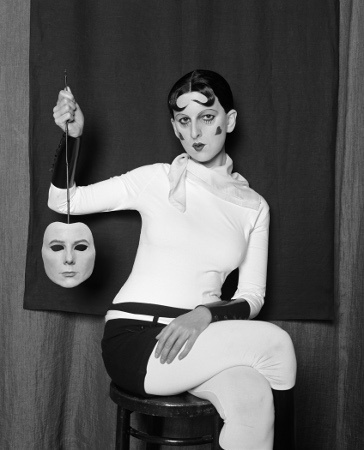 Another image that I find very interesting is this one above. To me the subject is showing her true self and how it different she is to the norm while holding a mask that she possibly feels that she has to wear. The subject doesn’t look happy at all, as if she’s been covering up for so long and has always felt that she needs to conform to the ways that society has taught her and pushed her to be. The mask seems to be a physical representation of this pressure from society. The subject looks quite strange to me, she has hearts drawn onto her cheekbones and her hair is weirdly curved, however I actually really like it and find it unique. This image challenges the ideals of beauty, which seems to be shown on the mask. I really want to respond to Cahun’s work with more up-to-date versions of her images, even though a lot of pressures and socially accepted norms from back in the 1920s and 1930s still remains today with ideals of beauty actually being remoulded and shaped differently. I have gained a lot of inspiration from Cahun’s work and think that I can reflect this in new ideas that I have come up with and will begin working on.
Another image that I find very interesting is this one above. To me the subject is showing her true self and how it different she is to the norm while holding a mask that she possibly feels that she has to wear. The subject doesn’t look happy at all, as if she’s been covering up for so long and has always felt that she needs to conform to the ways that society has taught her and pushed her to be. The mask seems to be a physical representation of this pressure from society. The subject looks quite strange to me, she has hearts drawn onto her cheekbones and her hair is weirdly curved, however I actually really like it and find it unique. This image challenges the ideals of beauty, which seems to be shown on the mask. I really want to respond to Cahun’s work with more up-to-date versions of her images, even though a lot of pressures and socially accepted norms from back in the 1920s and 1930s still remains today with ideals of beauty actually being remoulded and shaped differently. I have gained a lot of inspiration from Cahun’s work and think that I can reflect this in new ideas that I have come up with and will begin working on.
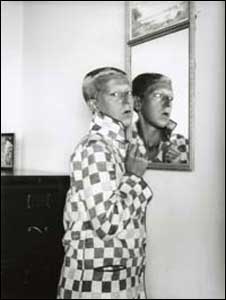 I find this image extremely interesting. Cahun looks like a man, she looks nothing like what society expects a woman to look like and I find this very interesting. Cahun wanted to challenge the way people saw men and women and I think she would have seen our current world as a newly successful step. At the time these images would have been so radical and outrageous as women weren’t often seen as being able to creatively express themselves, unlike nowadays where men and women go against societal norms and do whatever they please. I think the reasoning behind each of Cahun’s images is very powerful and does really reflect the pressures that men and women both have to suffer through within our society. Although her work was made almost 90 years ago, it is still very current and still manages to fit in with our modern society. That is why I like this work so much because it is still relatable and still makes sense to this day. Cahun didn’t know that her work would one day be widely known but I think that she would have been extremely happy, especially with the way society has remoulded and is now a lot more accepting of people that don’t quite fit in any category, the misfits.
I find this image extremely interesting. Cahun looks like a man, she looks nothing like what society expects a woman to look like and I find this very interesting. Cahun wanted to challenge the way people saw men and women and I think she would have seen our current world as a newly successful step. At the time these images would have been so radical and outrageous as women weren’t often seen as being able to creatively express themselves, unlike nowadays where men and women go against societal norms and do whatever they please. I think the reasoning behind each of Cahun’s images is very powerful and does really reflect the pressures that men and women both have to suffer through within our society. Although her work was made almost 90 years ago, it is still very current and still manages to fit in with our modern society. That is why I like this work so much because it is still relatable and still makes sense to this day. Cahun didn’t know that her work would one day be widely known but I think that she would have been extremely happy, especially with the way society has remoulded and is now a lot more accepting of people that don’t quite fit in any category, the misfits.



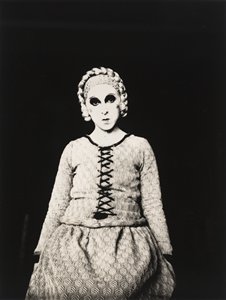
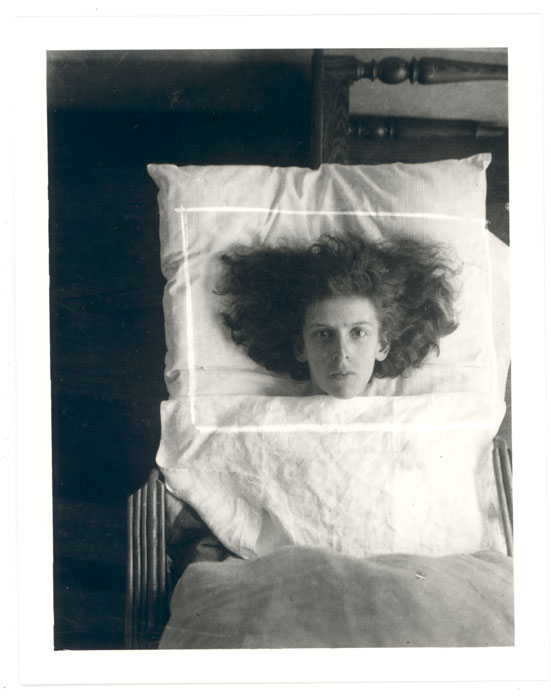
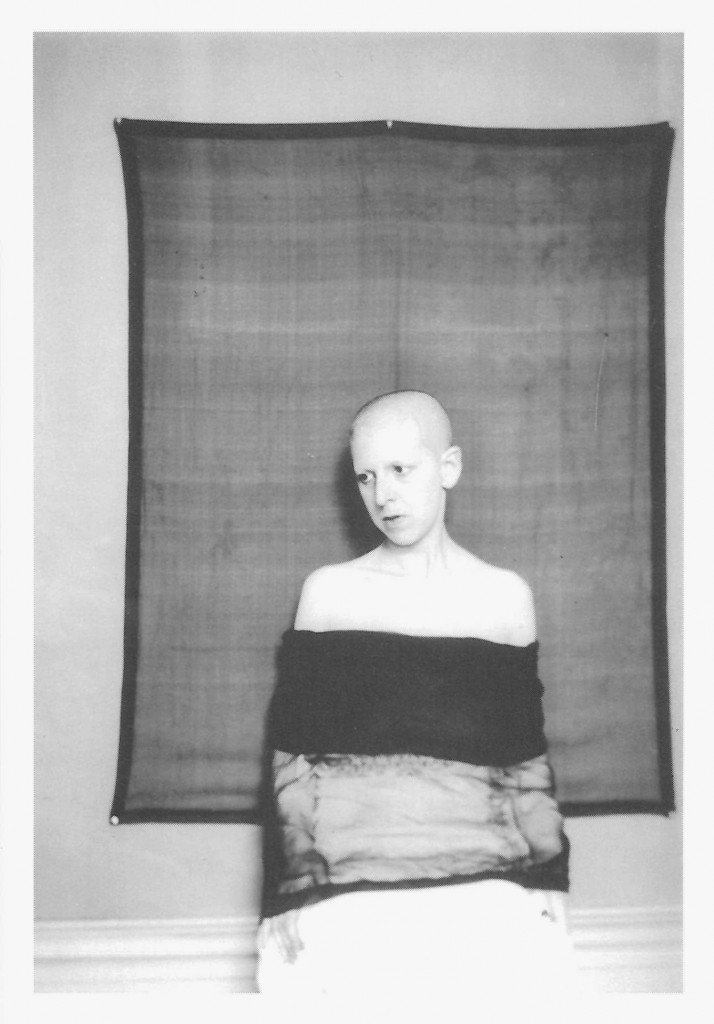
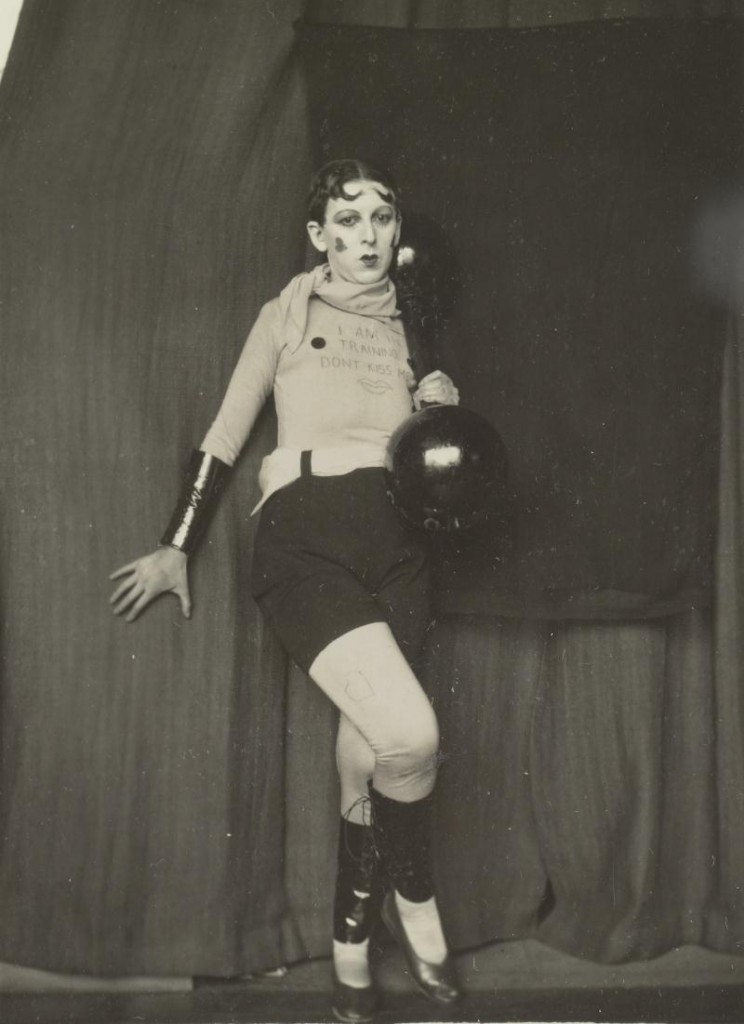
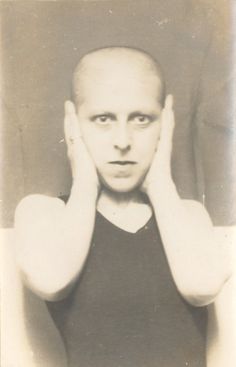
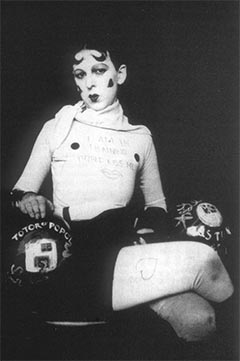

Another excellent blog post. I have text on theory between the work of Cahun and Sherman. Will find it and show you